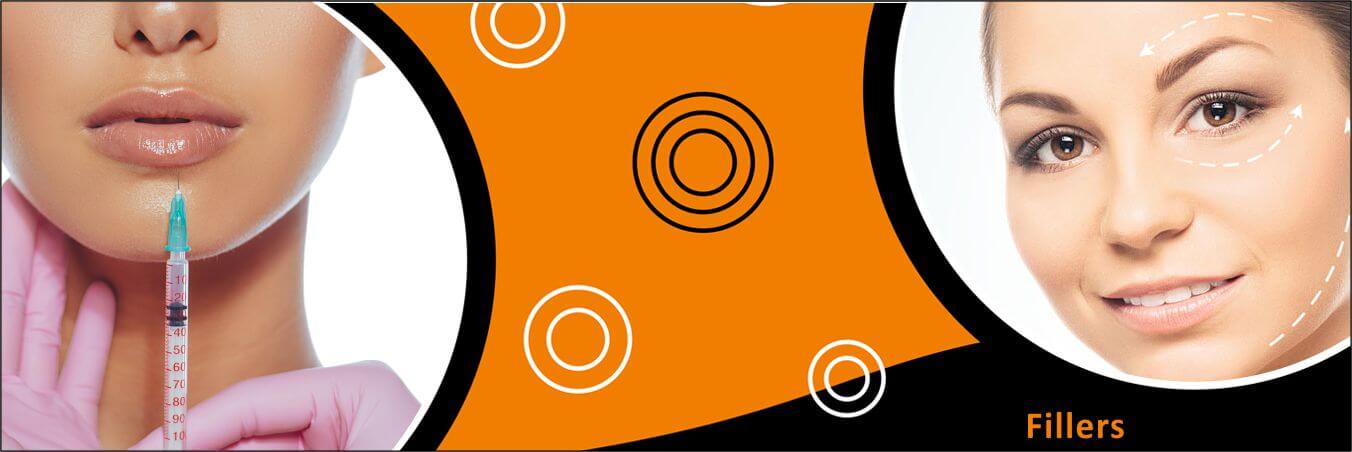


Facial fillers are synthetic or naturally occurring substances injected into the lines, folds, and tissues of the face to decrease the appearance of wrinkles and restore the facial fullness that decreases with age.
These injectables are also called dermal fillers , injectable implants, wrinkle fillers, and soft-tissue fillers. They’re used to erase smile lines, plump up cheeks and lips, and correct acne scars.
Dermal fillers help to diminish facial lines and restore volume and fullness in the face.
As we age, our faces naturally lose subcutaneous fat. The facial muscles are then working closer to the skin surface, so smile lines and crow's feet become more apparent.
The facial skin also stretches a bit, adding to this loss of facial volume. Other factors that affect the facial skin include sun exposure, heredity and lifestyle.
With so many dermal filler products on the market, it can be difficult to know which option is best for you without an experienced cosmetic surgeon’s guidance. Each product is uniquely formulated to have a certain texture, density, and injection depth, which means that certain fillers work better for certain areas of concern.
A dermatologist, or a doctor certified to use Botox, can perform the injections in their office. Experienced medical professionals can inject both underarms in 10 minutes or less.
For the procedure, a medical professional injects very small amounts of Botox beneath the skin. They usually inject it in a grid pattern, with injection sites approximately 1–2 centimeters apart.
The approved dermal fillers for use in adults 22 years of age or older (over the age of 21) for specific uses:
1. Absorbable (temporary) fillers are approved for moderate to severe facial wrinkles and skin folds, such as nasolabial folds (lines extending from the sides of the nose to the edges of the mouth) and perioral lines (small wrinkles in the skin around the mouth and lips).
2. Augmentation (increased volume) of lips, cheeks, chin, and back of the hand.
3. Non-absorbable (permanent) fillers are approved for only nasolabial folds and cheek acne scars.
4. The restoration and correction of signs of facial fat loss (lipoatrophy) in people with human immunodeficiency virus (HIV).
5. Correction of contour deficiencies, such as wrinkles and acne scars.
For some patients, surgery such as a facelift, brow lift or eye lift may be the best approach. Minimally invasive rejuvenation treatments, such as soft tissue fillers, cannot achieve the same results, but may help delay the time when consideration of a facelift becomes appropriate.